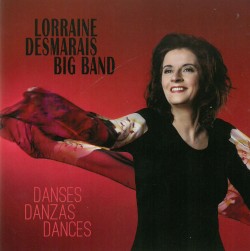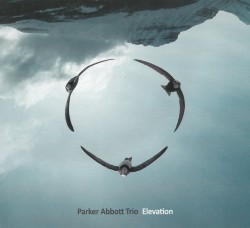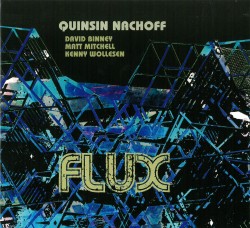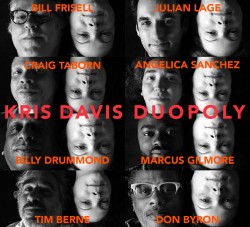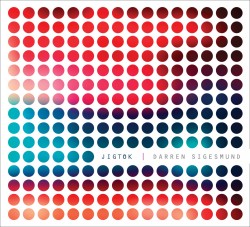No Filter - Michael Kaeshammer
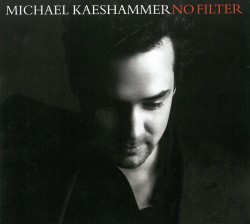 No Filter
No Filter
Michael Kaeshammer
Independent KA2-CD-5970
(kaeshammer.com)
When Michael Kaeshammer first broke on the scene in the 90s, he was a young boogie-woogie piano phenom. Since then, the British Columbia-based musician has added singing and songwriting to his arsenal of skills, and they’ve been honed over the last several years. All the songs on No Filter have been written or co-written by Kaeshammer (along with, primarily, Nashville-based songwriter John Goodwin) and many, such as the rousing opener Letter from the Road, stay true to his signature, exuberant New Orleans style. But there are other stylistic gems too. Late Night Train, is a poignant lament to a lost love made more gorgeous by the velvety vocals of guest singer, Denzal Sinclaire. Regret is the theme of the ballady/gospel-tinged Back into the Pen while West Coast Spirit is a sprightly little solo piano number that acts as a palate cleanser between meatier pieces. The production on the record is top-notch with the various keyboards, horns (William Sperandei, trumpet; Chris Gale, sax; William Carn, trombone) and percussion (Roger Travassos) subtly enriching the tracks and making No Filter a fine, satisfying listen from beginning to end.


